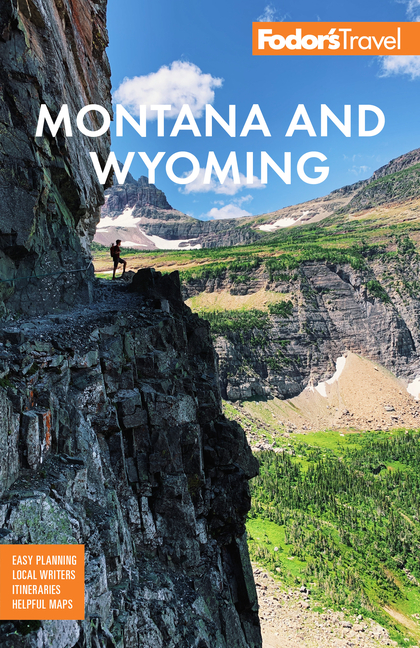Forging the Frontier
Northern Wyoming is one of the least-populated areas in the United States. Although white people ventured through starting in the early 19th century—John Colter, a member of the Lewis and Clark expedition, visited in 1807—it wasn’t until the 1850s and 1860s that significant numbers of permanent settlers arrived. Fur trappers and mountain men trickled in during the early 1800s, but for many years the land remained largely in the hands of the Lakota Sioux, the Arapahoe, and the Crow.
No Rush
Unlike the bordering states of Montana, South Dakota, and Colorado, Wyoming never experienced a population boom from a gold or silver rush. The 1848 discovery of gold in California brought the first wave of northern Wyoming settlers when it sparked a massive migration of people eager to seek their fortune in the West.
Most used well-established pioneer trails that, in many cases, intersected almost in the center of Wyoming, near the present-day city of Casper. Like Sheridan and many other settlements in this area, Casper was founded as a military fort to protect travelers from Native American tribes.
The Indian Wars
As elsewhere, the indigenous people of northern Wyoming were angered by the U.S. government’s blatant trespassing. Tensions flared into the Indian Wars of the late 19th century, and in this region Fort Phil Kearny saw the Fetterman Battle of 1866 and the Wagon Box Fight of 1867. The Lakota, Arapahoe, and Crow maintained firm control of the area until after the 1870s, when the army finally subdued them and forced them onto reservations.
Cattle Country
American cattle ranchers took over the land and began establishing railroads and shipping points, such as Gillette and Buffalo, to transport their stock back east. Buffalo was the site of the Johnson County War of 1892, a conflict between big cattle barons and local ranchers that was immortalized in The Virginian, Owen Wister’s 1902 novel.
Ranching continues to make a major economic contribution, and the dude ranch (a concept credited to Eatons' Guest Ranch, which opened outside Sheridan around the turn of the 20th century) has blended the traditional cowboy way of life with tourism.
An Energy-Powered Economy
In the late 20th century, energy resource development emerged as northern Wyoming’s largest economic force, thanks to vast deposits of coal and natural gas. Evidence of this is the Wyodak power plant that dominates Gillette: just outside town, a conveyor belt that runs underneath the interstate transports fuel from a coal mine on the north side of I–90 to a coal-fired generator on the south side. The future of northern Wyoming, the most recently settled area of one of the nation’s youngest states, seems assured as its rich energy resources become increasingly valuable.




